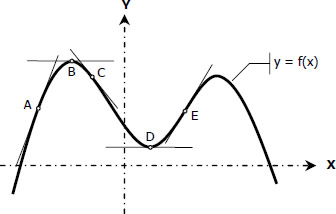Gas is escaping from a spherical balloon at a constant rate of 2 fˆ3/min. How fast is the outer surface area shrinking?
Problem
Gas is escaping from a spherical balloon at a constant rate of 2 ft3/min. How fast, in ft2/min, is the outer surface area of the balloon shrinking when the radius is 12 ft?
| A. 1/2 | C. 1/3 |
| B. 1/5 | D. 1/4 |

